Designed to support activities such as sitting comfortably, talking to someone, eating a meal or drinking a cup of coffee, while the rich materials and craftsmanship of Karimoku Furniture make the user feel more positive. The back, carved from solid wood, gives a soft impression that seems to echo the soft material upholstered on the seat.
A-DC02
KEIJI ASHIZAWA

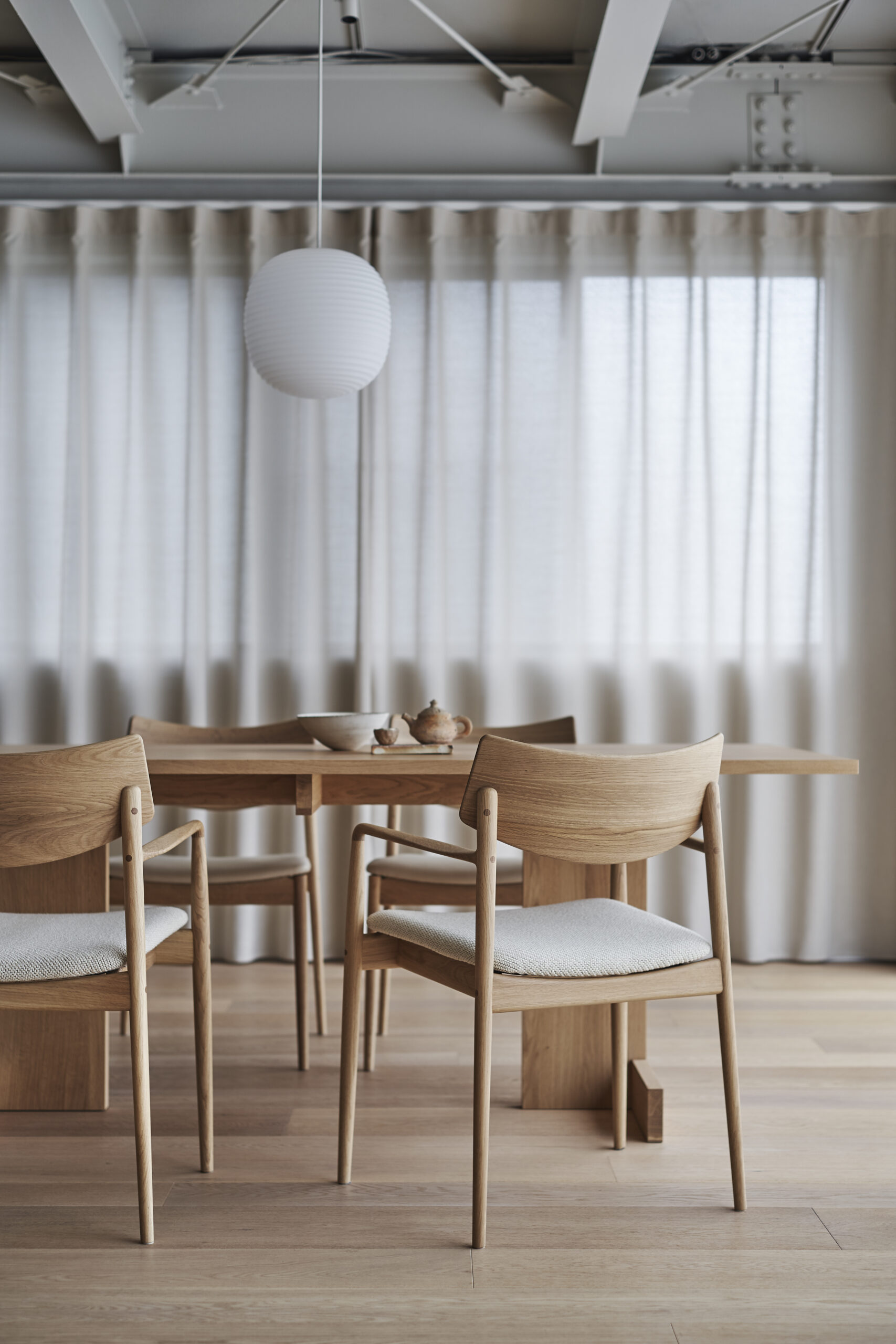
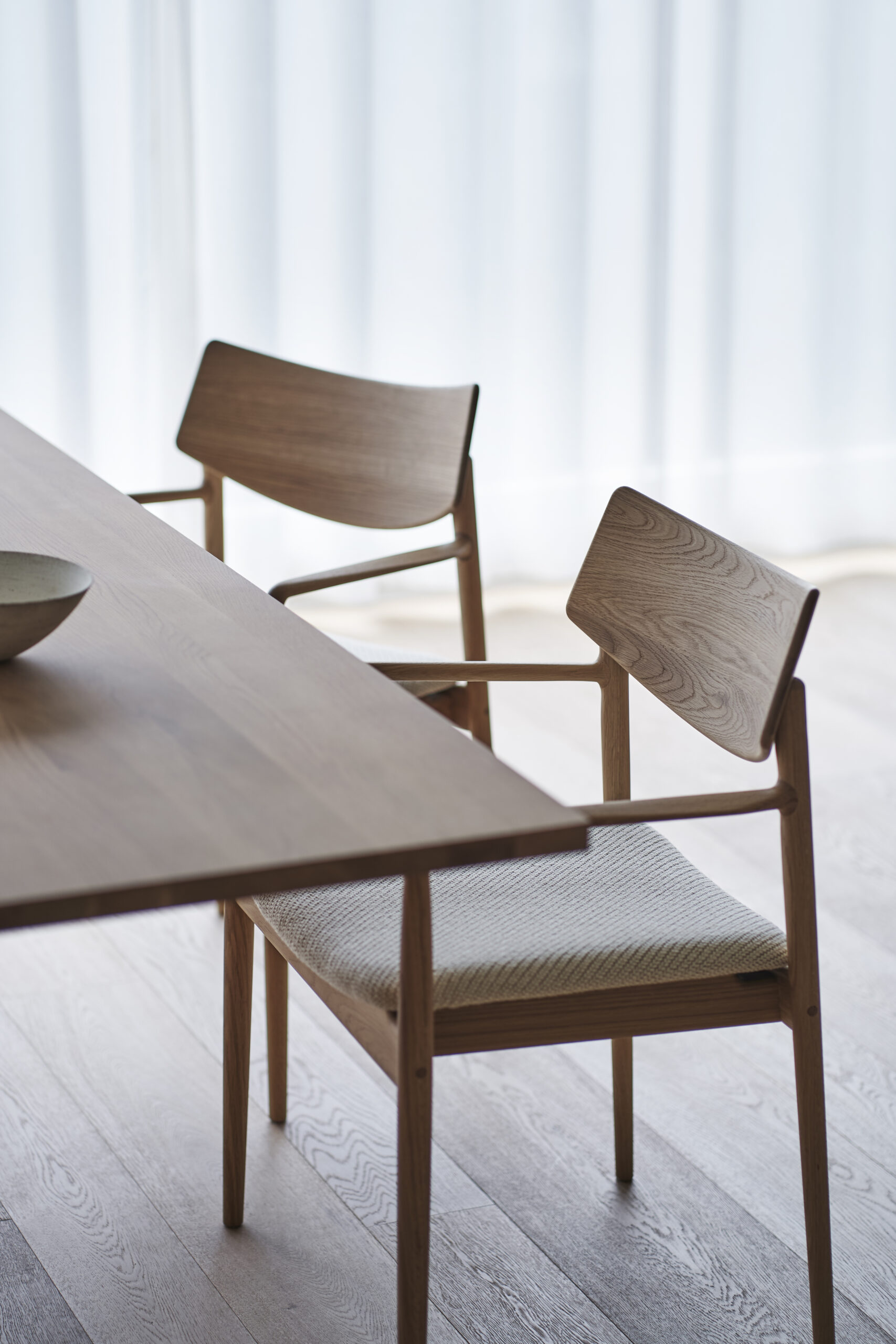


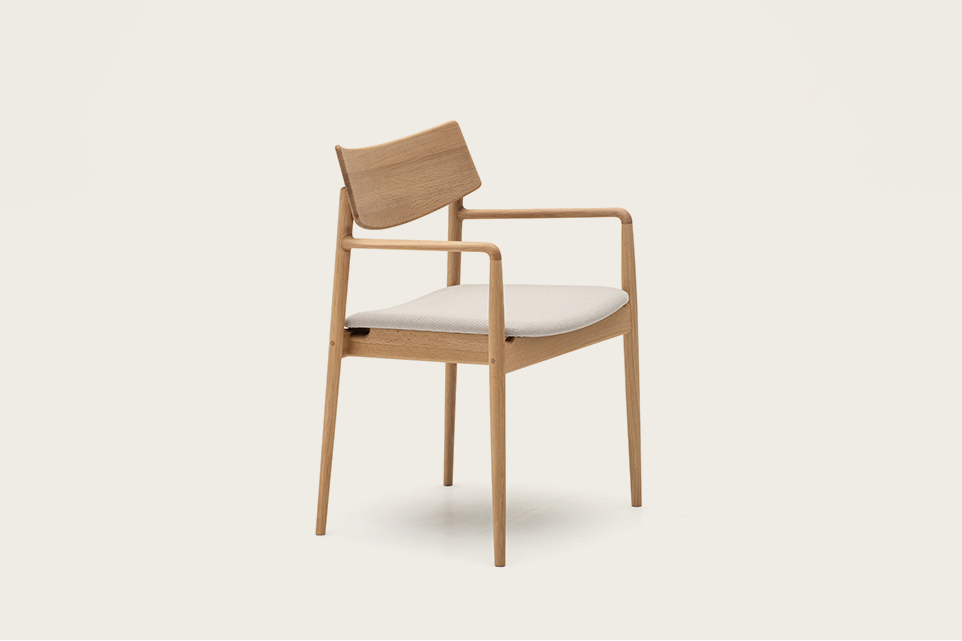




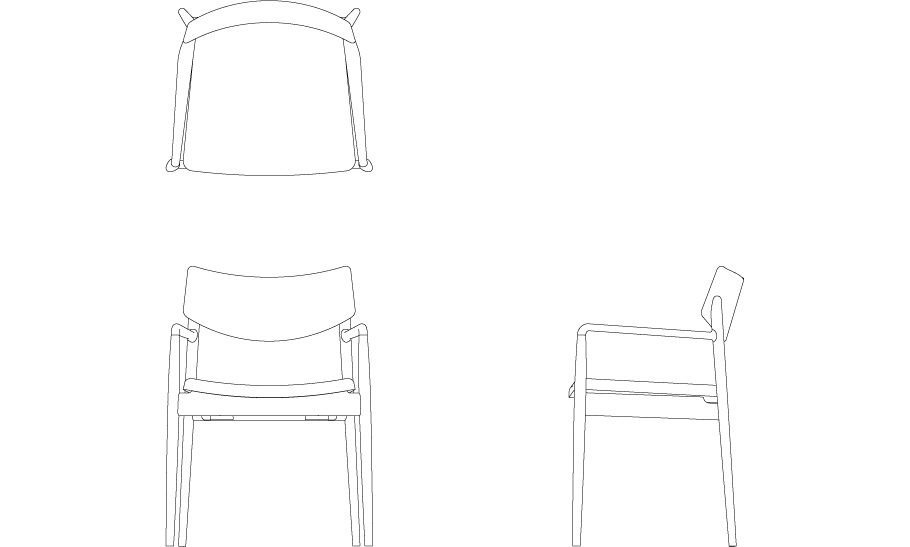
- Dimensions
- width
- 575
- depth
- 490
- height
- 780
- SEAT HEIGHT
- 450
- ARM HEIGHT
- 620
- materials
- TIMBER
- PURE OAK
- SMOKED OAK
- GRAIN MATTE BLACK
- UPHOLSTERY
- MAPLE
- STEELCUT TRIO 3
- HALLINGDAL 65
- MOSS
- VIDAR 4
- CODA 2
- LEATHER(LEABELLE)

Jing’an Kerry Centre Cafe
The Jing'an Kerry Centre Cafe Collection has its native setting in Blue Bottle Coffee Jing'an Kerry Centre Cafe in Shanghai, China.
The Jing'an Kerry Centre Cafe is an interior project located in the Kerry Centre in downtown Shanghai, an area that has prospered around the 1000-year-old Jing'an Temple.
As with the other Case 02 series, the entire café was designed by Keiji Ashizawa Design, who also designed the tailor-made wooden interior and furniture as components of the café. Some furniture, such as dining and lounge chairs, constitutes an additional element of the second collection of Karimoku Case.

Jing’an Kerry Centre Cafe
The Jing'an Kerry Centre Cafe Collection has its native setting in Blue Bottle Coffee Jing'an Kerry Centre Cafe in Shanghai, China.
The Jing'an Kerry Centre Cafe is an interior project located in the Kerry Centre in downtown Shanghai, an area that has prospered around the 1000-year-old Jing'an Temple.
As with the other Case 02 series, the entire café was designed by Keiji Ashizawa Design, who also designed the tailor-made wooden interior and furniture as components of the café. Some furniture, such as dining and lounge chairs, constitutes an additional element of the second collection of Karimoku Case.
Keiji Ashizawa
Keiji Ashizawa Design is an architecture and product design studio based in Tokyo, Japan. Formed in 2005 by Keiji Ashizawa, the studio is comprised of both architects and designers, all bringing unique skills to the team.
Through logical thinking and open-mindedness, the studio presents works of ‘honest’ design — simple, thoughtful and refined — derived naturally through the process of maximizing the potential of each material. The work of the studio is based on the notion that the sharing of experiences is essential to the creative process, exercised through collaboration on many levels: internally amongst the designers, and in maintaining relationships with clients and other creative professionals to grow, learn and form an evolving dialogue of thought. After graduating from Yokohama National University in 1996, Keiji spent the first ten years of his career working as both an architect and steel fabricator. The unique skills and experience gained throughout these early years, including a valued understanding of materials, continue to influence his approach to design.
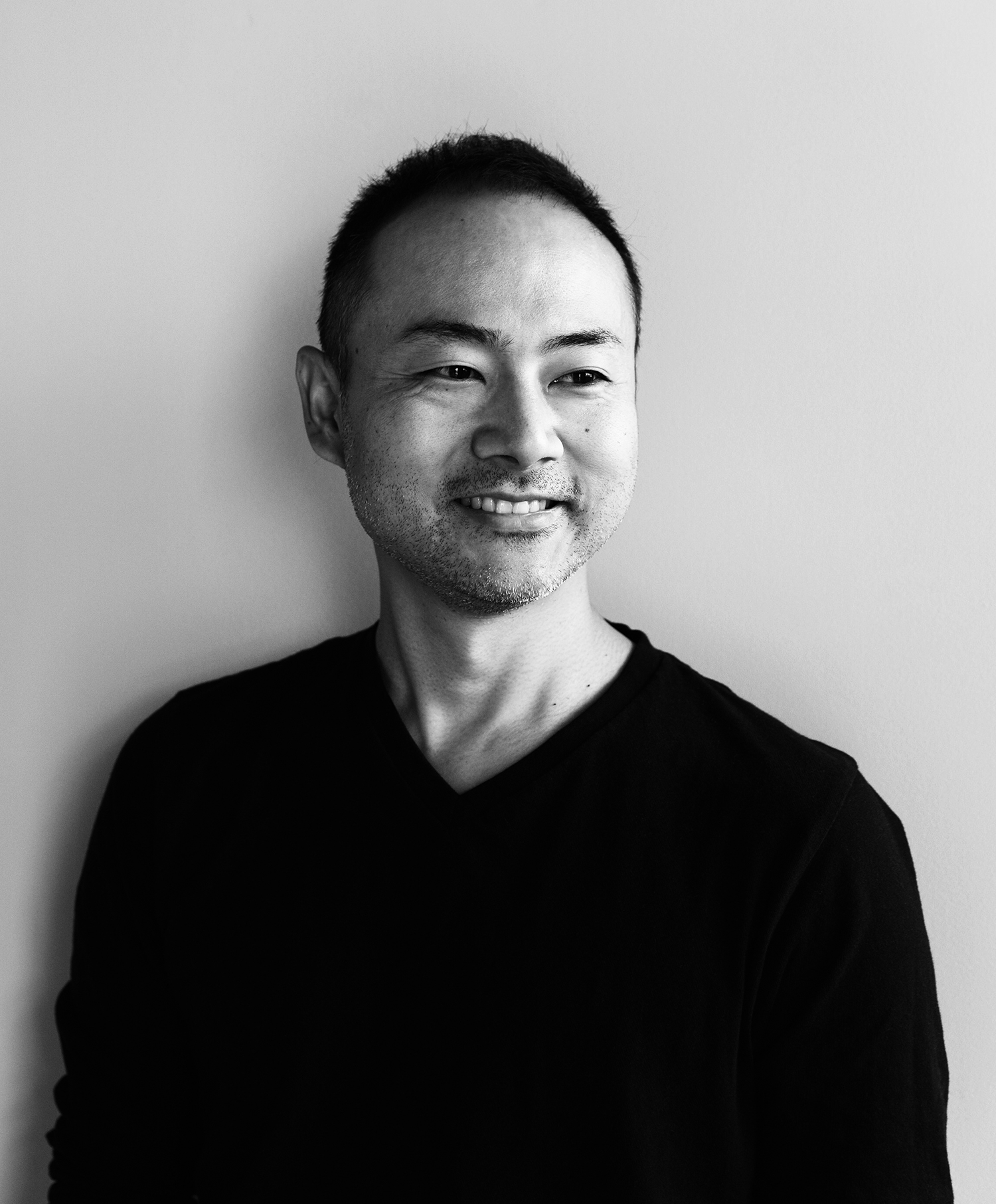

Keiji Ashizawa
Keiji Ashizawa Design is an architecture and product design studio based in Tokyo, Japan. Formed in 2005 by Keiji Ashizawa, the studio is comprised of both architects and designers, all bringing unique skills to the team.
Through logical thinking and open-mindedness, the studio presents works of ‘honest’ design — simple, thoughtful and refined — derived naturally through the process of maximizing the potential of each material. The work of the studio is based on the notion that the sharing of experiences is essential to the creative process, exercised through collaboration on many levels: internally amongst the designers, and in maintaining relationships with clients and other creative professionals to grow, learn and form an evolving dialogue of thought. After graduating from Yokohama National University in 1996, Keiji spent the first ten years of his career working as both an architect and steel fabricator. The unique skills and experience gained throughout these early years, including a valued understanding of materials, continue to influence his approach to design.